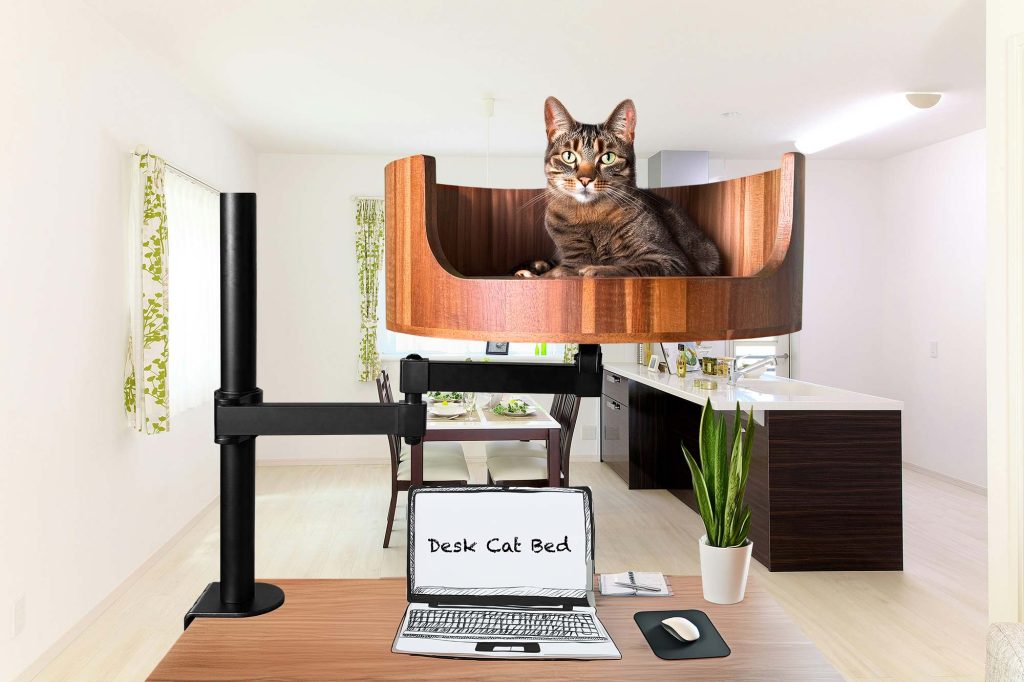Have you ever wondered why cats wag their tails? From playful flicks to aggressive swishes, a cat’s tail can communicate a range of emotions and intentions. In this article, we will delve into the fascinating world of feline behavior to uncover the reasons behind this common feline gesture.
Understanding why cats wag their tails can shed light on their moods and motivations. As natural predators and well-adapted hunters, cats rely on their body language to communicate with other animals and humans. By observing the nuances of tail movements, we can gain insight into a cat’s state of mind and predict their actions. Whether your feline friend is feeling playful, aggressive, or content, their tail can often reveal their true feelings. Join us as we explore the intricacies of cat behavior and uncover the secrets behind their tail wagging tendencies.
1. Cats wag their tails as a form of communication, expressing a range of emotions from happiness to agitation.
2. Understanding the nuances of tail wagging can help owners interpret their cat’s mood and respond appropriately.
3. Tail wagging can also indicate a cat’s level of arousal or readiness to engage in play or hunting behavior.
4. Observing tail language along with other body signals can provide a more comprehensive understanding of a cat’s state of mind.
5. By paying attention to your cat’s tail movements, you can strengthen your bond and create a more harmonious relationship with your feline companion.
1. The Function of Cat Tails
Cats use their tails as a means of communication and expression. A wagging tail can indicate various emotions such as happiness, agitation, or fear. Understanding the different movements of a cat’s tail can help decipher their mood and behavior. For example, a tail held high and flicking gently signals a content cat, while a tail that is puffed up and thrashing indicates aggression or fear. Additionally, cats may use their tails for balance while climbing or hunting, showcasing the versatility and importance of this body part.
2. Body Language Cues
A cat’s tail is just one of many body language cues that can provide insights into their emotions and intentions. By observing a cat’s overall posture, facial expressions, and tail movements, pet owners can better understand their furry companions. For instance, a cat with dilated pupils, ears flattened, and a twitching tail may be feeling threatened or anxious. Recognizing these signs can prevent potential conflicts or misunderstandings between cats and their human caretakers.
3. Factors Influencing Tail Movements
Several factors can influence a cat’s tail movements, including their environment, interactions with other animals, and overall health. Changes in a cat’s routine, introduction of new pets, or exposure to loud noises can all impact their tail behavior. Furthermore, health issues such as pain or discomfort can cause a cat to exhibit abnormal tail movements or positions. By paying attention to these changes and seeking veterinary advice when necessary, pet owners can ensure their cat’s well-being and emotional health.
FAQ – Why do cats tails wag
Why do cats wag their tails?
Cats wag their tails as a form of communication. It can indicate various emotions such as excitement, agitation, or irritation. Pay attention to other body language cues to determine the meaning behind their tail wagging.
Does the speed of a cat’s tail wagging indicate their mood?
Yes, the speed of a cat’s tail wagging can indicate their mood. A slow and gentle wag may mean they are content, while a fast and aggressive wag could signal agitation or frustration.
Can I train my cat to stop wagging their tail?
It is not recommended to try to train a cat to stop wagging their tail as it is a natural form of communication for them. Instead, focus on understanding their body language and addressing any underlying issues that may be causing the tail wagging.
Should I be concerned if my cat’s tail is constantly wagging?
If your cat’s tail is constantly wagging, it may be a sign of stress or anxiety. It is important to monitor their behavior and environment to determine the cause of the excessive tail wagging and address any potential issues.
In conclusion, the Desk Cat Bed is a valuable choice for cat owners looking to better understand and address why their cats’ tails wag. By providing a comfortable and cozy space for cats to relax and feel secure, this product helps reduce stress and anxiety, ultimately leading to fewer instances of tail wagging as a sign of agitation. With added features like soft padding and a convenient design that fits seamlessly on any desk, the Desk Cat Bed is a practical solution for promoting feline well-being and a harmonious environment for both cats and their owners.


